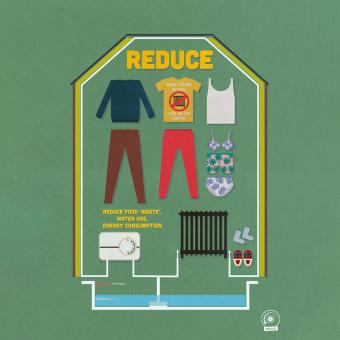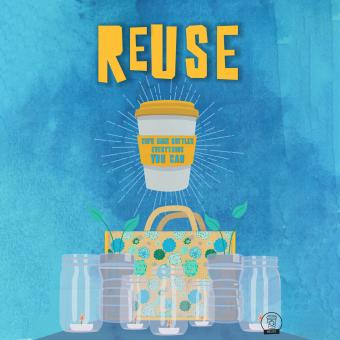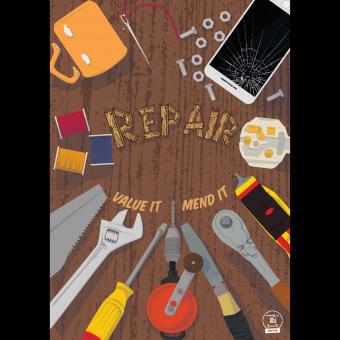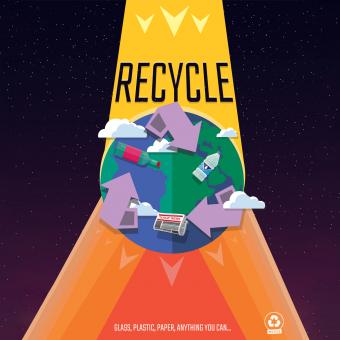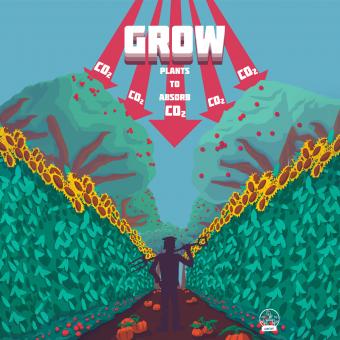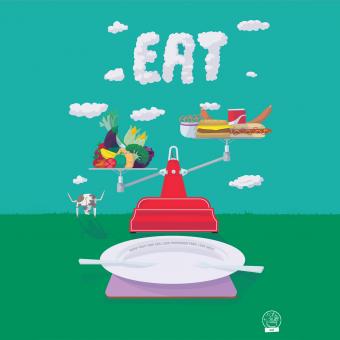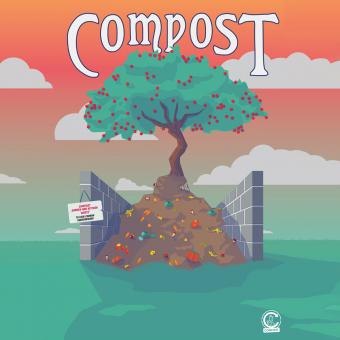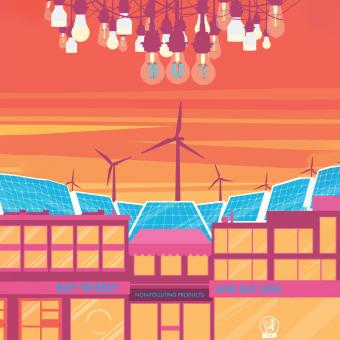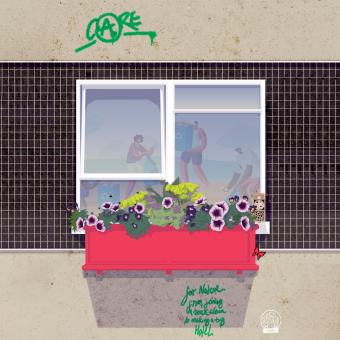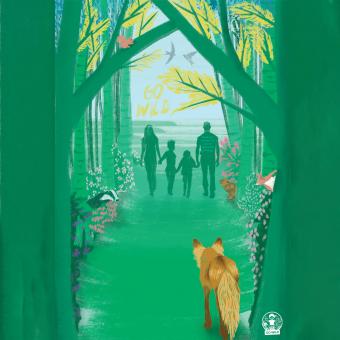Make a pledge, keep climate positive
You have the power to make a difference to the future of our planet and all that call it home. From recycling and reusing, to growing your own food – there’s so much you can do. What will you pledge?

We can, and need to, fight climate change and biodiversity loss. Every action helps, however small. Together we can make the change. Act now. The future remains ours to make.

